Your yard has probably become a breeding ground for disease and pests. You don’t agree? Here’s what you probably don’t know: as seasons change, leaves, branches and even debris can pile up. Not only does this affect the fertility of your lawn and cause dead patches, but it can also be a ground for pests and diseases to thrive.
This is to say that without proper clean-up, these leaves and branches can block sunlight and moisture, which will encourage diseases and pests to kill lawns.
If this is your situation, or if you don’t want to be in that unpleasant place, this guide is for you. Not only will you learn the tips you need to keep your lawn healthy, we’ll also recommend the necessary tools you need for yard cleaning, and introduce you to reliable brands such as VEVOR that offer these quality tools at affordable prices. Let’s get right in.
Table of contents
Why Cleaning Your Yard in the Fall is Important
To start off, taking time out for your yard clean-up isn’t a seasonal task. Rather, it’s an investment in the long-term health of your garden. Here’s why your yard cleanup is important:
Preparing for Winter
A fall cleanup is a great way of preventing damage when the colder months arrive. In fact, according to studies, snow mold can weaken or kill patches of grass, making it difficult for your lawn to recover in the spring. If you’re wondering, snow mold is a fungal disease that, as the name suggests, works best under layers of snow and debris, where moisture is trapped.
Yard cleaning before fall allows you to remove any debris that could otherwise freeze under snow and create dead zones in your grass. By clearing out leaves and trimming back plants, you’re also giving your lawn a much-needed chance to recover and absorb nutrients before it goes dormant.
Preventing Pests and Lawn Diseases
While fallen leaves and branches may seem harmless, do not be deceived. The coziness that these leaves and branches offer by protecting your yard from direct sunlight and the trapping of moisture makes it a perfect breeding ground for pests and diseases.
Without a proper landscaping clean-up, rodents like mice and voles, and also insects like beetles and ticks can make a home for themselves under the layers of falling tree parts which will eventually cause damage to both your garden and if care isn’t taken, your home too.
Step-by-Step Guide to Cleaning Your Fall Yard
As winter approaches, cleaning up your garden in fall becomes a necessity if you want to enjoy the holidays without having to worry about your lawn.
By following this step-by-step guide, you can ensure that your outdoor space remains in peak condition and is ready to bloom again when the warmer weather returns.
Step 1: Rake and Remove Fallen Leaves
Just as we’ve explained earlier, fallen leaves can block sunlight and trap moisture if left unattended. For this reason, the first step on how to clean up the yard is to rake those dead tree parts off.
For quick and easy leaf removal, a rake works just fine. However, for larger lawns, a leaf blower comes in handy. Thankfully, you can easily purchase both of these tools from trusted brands like VEVOR. For instance, VEVOR’s rake has a 36″ tine length, 0.31″ tine width, and 37 tines, which makes raking leaves, stones, and grass easy.

Also, VEVOR’s Leaf Blowers has a 2-stroke 52CC engine with 6500 RPM that delivers 480 CFM airflow volume at 175 MPH speed! VEVOR’S leaf blower also has an improved fuel efficiency of 20% when compared to other brands.
Step 2: Clean Gutters and Roof Edges
Cleaning your gutters and roof edges in the fall can prevent water damage and an overflow into your yard which can erode the soil in your garden beds and create soggy conditions for pests and disease. Using a ladder, you can check your roof edges for leaves and debris.
Step 3: Trim and Prune Trees and Shrubs
Pruning and trimming your trees is like giving your trees a haircut. Pruning not only helps get rid of dead or damaged branches, but it also encourages the growth of new branches, contributing to the longevity of your plants.
For clarity, pruning involves removing dead, damaged, or sick branches and stems to prevent decay and improve plant structure while trimming is the cutting back of overgrown branches to maintain the desired shape and size of trees or shrubs.
Some excellent tools that can help you get this task done efficiently are VEVOR’s Pruners and Trimmers. Weighing in at 13 lbs (5.9 kg) and adjustable height ranging from 7.3 to 27 ft (2.24 m to 8.24 m), these tools are designed to make clean cuts, which minimize the risk of disease infecting your plants through jagged edges.
Step 4: Clean Up Garden Beds
Cleaning up garden beds is the removal of dead plants, weeds, and debris to prevent pests from overwintering. When left in place, decaying plant material can attract insects and rodents looking for shelter during the colder months. Clearing the beds ensures that pests don’t find a home in your garden, hence reducing the risk of plant diseases taking hold.
Step 5: Mow the Lawn One Last Time
Giving your lawn one final mow before winter should be on your fall clean-up checklist to protect it from snow mold and frost damage. By cutting the grass slightly shorter than usual, around 2 to 2.5 inches, you reduce the amount of moisture retained by the blades, which can prevent the conditions in which mold thrives.
You have to be careful not to cut it too short, as grass that’s too short can leave the roots exposed to harsh winter temperatures.
Step 6: Aerate and Fertilize the Lawn
Aerating and fertilizing your lawn in the fall are important to promote strong root growth. Aeration declutters soil compaction which further allows water, oxygen, and nutrients to penetrate the ground more easily, reaching the roots where they are needed most.
You should note that the quality of the aerator you invest in will determine its effectiveness. While there are several options in the current market, we recommend that you go for the VEVOR aerator, as it is designed to be effective, durable, and safe.
Step 7: Pressure-Wash Your Concrete Surfaces
Patios, driveways, and walkways can accumulate dirt, moss, and mildew during the fall, which can become slippery during winter. To tackle this, pressure-washing ensures they remain clean, safe, and free from buildup that can cause accidents.
We recommend using the VEVOR Pressure Washer to deep-clean concrete surfaces, removing dirt and debris effectively. Built with a powerful 1500 W motor that generates a high water flow rate of up to 1.65 GPM, the tool has a 30 ft hose for flexibility, you’ll be getting your money’s worth. Another product from VEVOR that could come in handy is the VEVOR’s trimmer edger, as it can help keep foliage off concrete surfaces.
Recommended For Your Project
Key Tips for an Efficient Fall Yard Clean-Up
While the steps above provide some useful cleaning up garden in fall tips, to make the job easier, you should also do these:
Use the Right Tools for the Job
Using the right tools can make your fall yard cleanup easier and more efficient. The right tools not only save time but also reduce stress.
As mentioned, investing in tools such as the VEVOR Leaf Blower can help you quickly clear large areas of fallen leaves, while VEVOR Pruners will help trim dead branches. For stubborn dirt on patios or walkways, a VEVOR Pressure Washer is ideal, while VEVOR Garden Bags make collecting and disposing of dead plants easy.
Create a Fall Clean-Up Checklist
Breaking tasks into manageable steps by creating a fall clean-up checklist ensures no areas are overlooked. The checklist will be like a blueprint, which will make your task efficient and seamless.
Dispose of Yard Waste Responsibly
After your yard is clean, it’s important to dispose of waste responsibly. While you can leave compost leaves and other organic material to become fertilizers, check with local yard waste services for eco-friendly disposal options.
Common Yard Clean-Up Mistakes to Avoid
Making a few mistakes can mess up your yard cleanup. So, here’s a list of what to avoid:
Ignoring Small Debris
When doing a yard clean-up, ignoring small debris like twigs and leaves can harm your lawn because as small as they are, they block sunlight, reduce air circulation, and trap moisture, causing dead spots or mold. To ensure a healthier lawn, make sure to remove even the smallest debris during your fall cleanup.
Over-Pruning Shrubs
While pruning shrubs is part of landscaping clean-up, over-pruning can expose plants to cold damage. Excessive trimming removes the natural protection plants need during winter, making them vulnerable to frost. For your fall lawn cleanup, prune only as much as needed to maintain their shape and health.
Forgetting to Clean Gutters and Concrete
Gutters clogged with leaves can lead to water damage, while dirty concrete surfaces can develop cracks over time. Make sure to include both in your fall clean up checklist to avoid lasting damage to your property.
Final Thoughts
A thorough clean-up lawn session in the fall is important for maintaining a beautiful yard that will leave your neighbors impressed or even jealous come spring. From removing twigs and leaves to pruning and cleaning up the garden in the fall, following these steps will ensure your lawn stays healthy.
Also, for the best experience, you need to invest in quality yard cleaning tools. At the moment, many top brands offer valuable tools that are suitable for this need, but we recommend that you invest in the VEVOR models. VEVOR’s yard cleaning tools are excellent for simplifying your yard cleaning tasks and ensuring your backyard cleanup is efficient. These tools are rated safe, durable, easy to use, and affordable. Visit the VEVOR website to check out its wide range of fall yard clean-up tools and make a purchase that will ensure efficiency, ease, and speed in cleaning your yard.

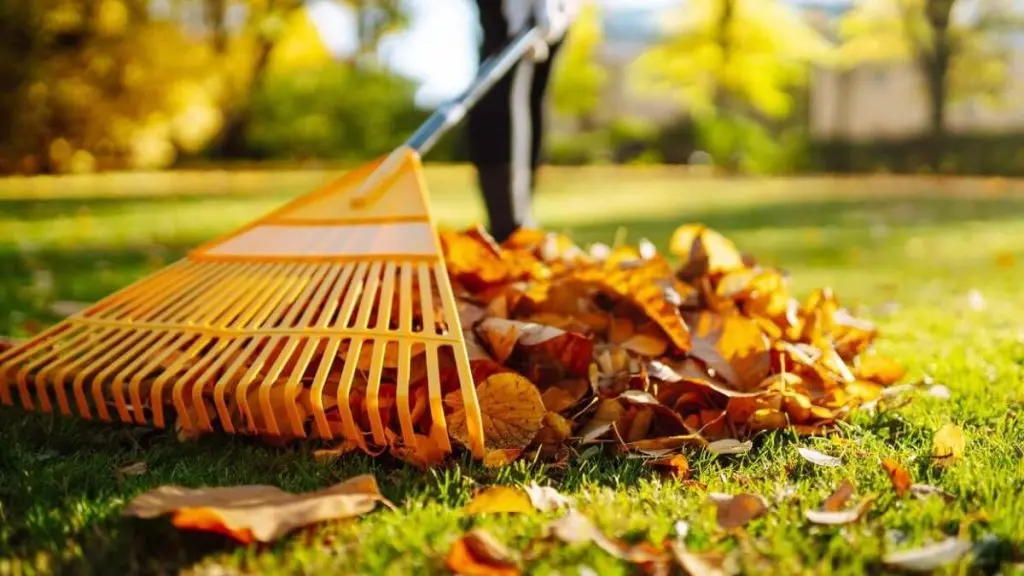
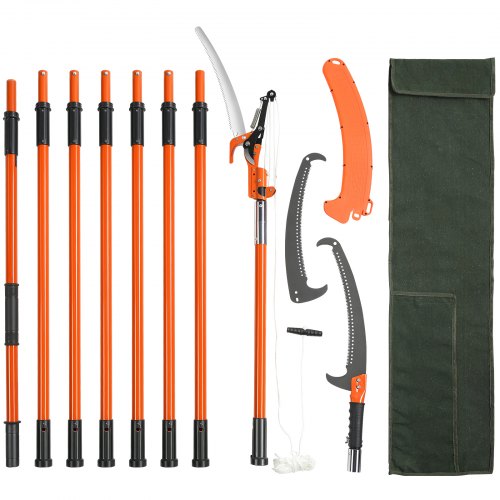


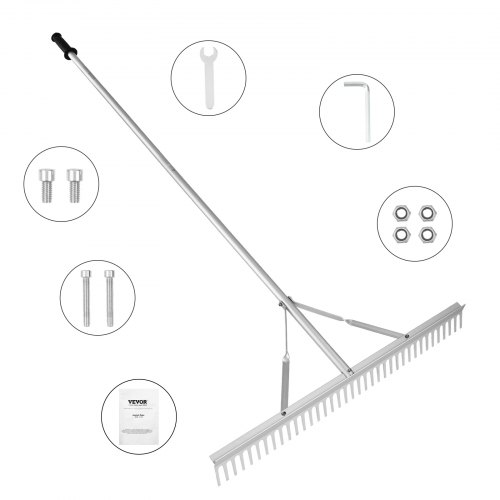


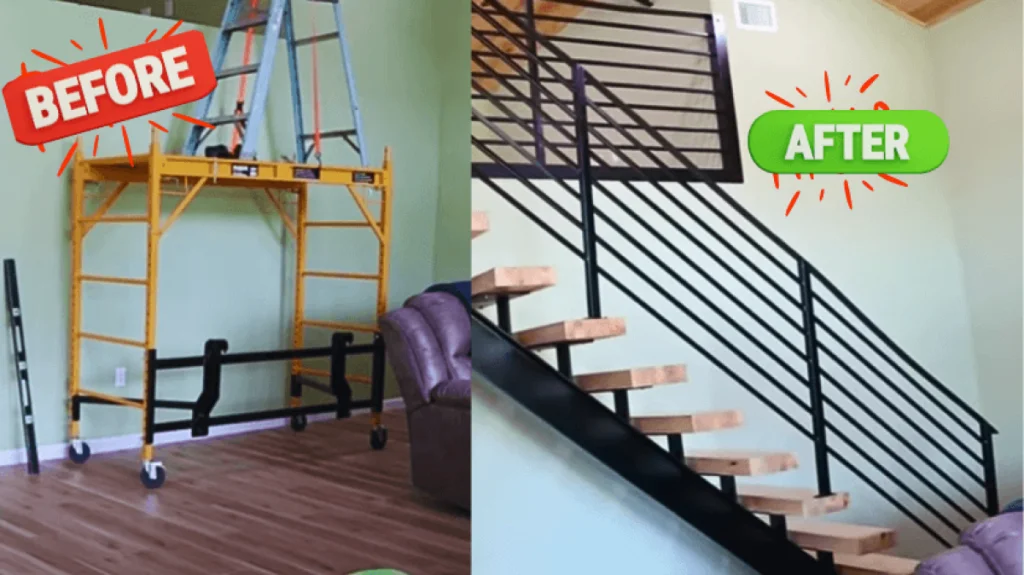
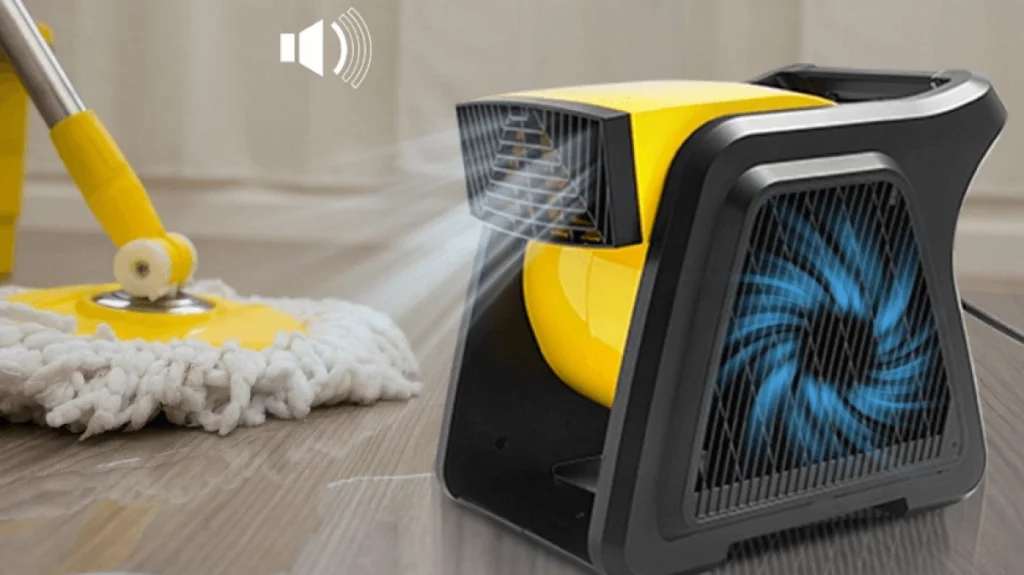
 Arabic
Arabic Danish
Danish Dutch
Dutch English
English Finnish
Finnish French
French German
German Hungarian
Hungarian Italian
Italian Norwegian
Norwegian Portuguese
Portuguese Romanian
Romanian Russian
Russian Slovak
Slovak Spanish
Spanish Swedish
Swedish